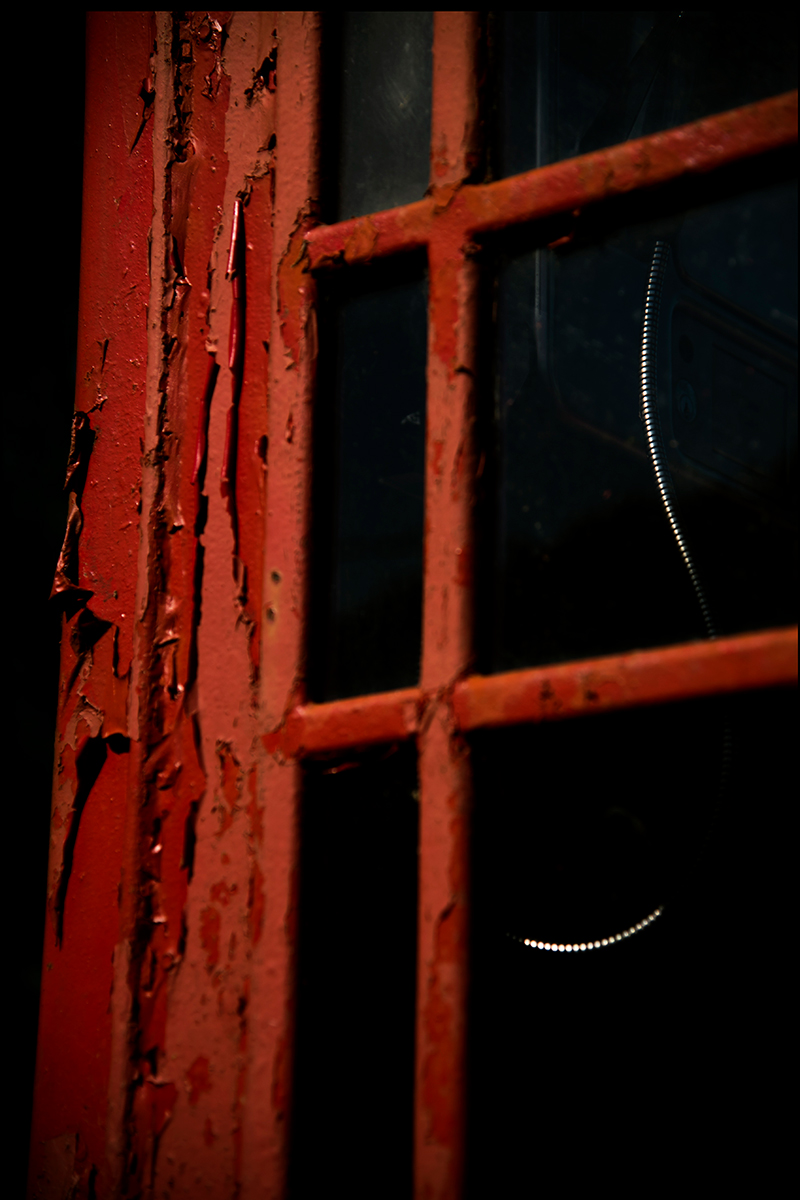On the making of a collaborative autobiography – a conversation with Nina Berman
Some descriptions of a thing don’t do it justice. You may understand the components, you may know certain facts, but these items, on their own, don’t adequately convey the enormity of the thing. Sometimes, you come across a book, one that moves you so profoundly you almost can’t believe it. Nina Berman’s recent release, An autobiography of Miss Wish, is one of these.
If the title sounds familiar, it’s probably because it’s been getting a lot of press recently. The story of Miss Wish is one of a survivor of abuse, child pornography, and sex trafficking. But it is also a story of enduring, healing, and bearing witness. Finally, it is a tale of collaboration, a decades-long relationship that bore compelling fruit. I first read about this book a few months ago. It sounded fascinating, and while the details were horrific, these are things we are used to reading about all too often in this day and age. I was particularly interested in the development of the project, given its many years in the making, and the dedication it must have taken on the parts of the author and subject. I was eager to see the book for myself. But I was completely unprepared for the experience that I had once I had it in my hands. On the first read through, I sat in a chair and sobbed. Then I read it again.
Here’s the brief backstory: Nina Berman and Cathy Wish met in London in 1990. Cathy was one of the many street kids Berman photographed at that time, but they began and maintained a correspondence. Cathy had been adopted at an early age, abused and forced into child pornography, drug and sex trafficking, and prostitution by members of her adoptive family. She was homeless, a drug user, in and out of institutions, and still controlled by her abusers. She escaped to New York in 1993, and took the name Kimberly (Kim) Stevens. Berman became her emergency contact and de facto next of kin. The intervening years were marked by drug abuse, suicide attempts, illness, institutionalization, and incarceration. At the same time, Kim’s personal archive grew, all carefully collected and maintained, safeguarded by Berman. The book contains photographs made by Berman of Kim over the years, and more recently in response to her memories, along with items from these archives - drawings, excerpts from her journals, hand-written notes, and copies of medical records. The book progresses more or less chronologically, and images of Kim past and present, and various New York and London locations, are interspersed with sentences from her journals, and facsimiles of correspondence or official documents. Many items from records are printed on thin, shiny paper, reminiscent of fax paper. The book closes with an essay by Berman, recounting their shared history. In reading this book, every image, every written word, is a hook, drawing the reader in. Every detail demands attention.
I wanted to hear from the artist herself, about this story and the making of this compelling document. What follows is excerpted from our recent conversation.
As we began to talk about the unique nature of An autobiography of Miss Wish, Ms. Berman’s offered her view of how it should be read, “If you flip through the book like any photo book, you’ll only get a sliver of the story. If you read it like a novel, the way it should be read, you get a deep and heavy punch.” She went on to observe that she felt there should be a time commitment in reading a story of this nature, about a victim of long time violence – that you shouldn’t get the story so quickly. Berman noted that for most of the time the two women have known each other, more than twenty-five years, their relationship wasn’t about making photographs – she felt it wasn’t proper to photograph this vulnerable young woman, and there was definitely no intention of making the few photos she made public. As she explained to me, her feeling at the time was that, “… there is this person in my life, for whatever reason, and I am opening my door and arms to her.” After their initial meeting and first early correspondence, Cathy sent Berman a large package containing drawings and contemporaneous diary entries. Later, after moving the US, Cathy, now Kim, would periodically give her drawings and letters, and Berman would also hold on to items for her, as she was moved from one place to the street, or back. She said there was never a question of not safeguarding these things – she thought that at some point in her life, Kim would have her own place, and she would want them.
One remarkable thing about this archive is that it contains numerous medical records and documents, things Kim assiduously collected while she was at these various institutions, some while homeless. She said she made a point about collecting evidence in order to prove her stories, and to carry with her. Berman commented, “That there is an archive of this person’s life is incredible – for most people who are homeless, this is impossible … if I did anything with this work, it’s that I preserved her output.”
It was only around 2008 that Berman began thinking about examining this story, when Kim became very sick from complications from HIV. She began thinking that she didn’t really know the whole story, and she should start photographing and recording her encounters with Kim. According to Berman, Kim is a brilliant conversationalist and storyteller, and has a strong memory. As she recorded Kim, she said she eventually had to decide what part of the conversations she would share. The things that are ultimately published in the book are, “… her beautiful, caring, and philosophical revelations.”
Early supporters of the idea of making this story into a book were Ms. Berman’s former publisher, Gigi Giannuzzi of Trolley Books, and her colleague at NOOR Photo Agency, Stanley Greene. But it was at a residency at Blue Mountain Center in 2014 when she took all of the documents she had amassed to date, sat down and read through them all. Fellow residents also encouraged the development of the project, and she began to plan the book in earnest. With designer Teun van der Heijden, she and Kim started on the first of what would be fifteen or so versions of the layout. Kim was involved every step of the way, approving every element that went into the book. When Berman returned to England in 2015 to revisit places from Kim’s past, she even provided a shot list, and gave her directions over the phone. One particular image from that group stands out in the book is of a London phone booth – the multiple layers of red paint weathered and peeling, the interior impossibly dark. The only bright element is the snaking wire of the phone handset, disappearing into darkness. Berman had found the actual phone booth used by a young Cathy, as referenced in her journals. In the book, we see the image, and on the following page, this text:
I was warned never to tell anyone but I figured I could call the Samaritans. Some lady at the other end of the line would comfort me.
I spent hours in that phone booth. I would crouch down so no one could see me and the wire only just reached.
In photographing these locations, Berman said that she didn’t have any conscious aesthetic strategy, just an intuitive way of shooting. When she was in those places and looking at those spots Kim had directed her to, she said she would, “... look at the street or building, knowing all of the stories about them, which aren’t visible.” Somehow, she felt, this was part of the magic of photography; through the images, those hidden things became visible in some way.
I think this phenomenon is reinforced in the printing of the book. The paper is heavy and uncoated, and the images are quite dark, as if the world of Miss Wish exists in permanent dusk. According to Berman, the designer was insistent they use uncoated paper; he felt the reader should feel the pages – they should feel the paper and not chemicals. The difficulty of printing on uncoated stock, and the tendency towards a darker print, also served to give a more uniform look to the pictures – her archive of images goes back to her first Kodachrome shots of Kim, now fading, medium format negatives, and years of digital images from as early as 2007.
Amazingly, the first publisher Berman approached with the book just sat on it for close to eight months. Then, the director of NOOR in Amsterdam sent the pdf to Alexa Becker at Kehrer Verlag. Becker called the next day. As she wrote to me later, “When I first saw a PDF version of it and immersed myself in the story, it took me a bit to recompose myself, I have to say.”
The power of this book lies in the voice of Miss Wish, and in the strength and support provided by Ms. Berman. We pass people in the street every day, those we recognize as much less fortunate, some scarred by trauma, addiction, and illness, and yet for the most part,we continue on, rarely giving a second thought to their stories, their histories. In one of the many passages reproduced in the book, Kim writes about her experience at Rikers Island:
You’re counted three times a day, so you’re acknowledged three times a day, even though it’s only a number… Some of the girls in there don’t get that out in the streets, that acknowledgement. That’s why I think a lot of women go back to jail. Because you know when you sit on the bed or when they count you in the cell, even though it’s annoying, it’s like they point at you and look at you and sometimes they’ll even make sure you’re breathing so for that split second in time, you have the realization that you’re human and alive.
Hopefully, Nina Berman said, is that “this book will help people recognize that the people in the street, the homeless, the addicts … they have a personal history; there are things that happened to them.” In addition, she hopes it will inspire photographers to collaborate in new ways. For her, making this book was “such a brilliant experience, creatively and emotionally.” She described the collaboration with the “subject as author” as an extremely powerful one. As she wrote in her essay in the book, “Together, this is a collaborative autobiography, our attempt to craft the story of Cathy Wish. Who was that girl, what happened to her, who is the woman she became and strives to be, and what are her feelings, thoughts and dreams?” The pictures and accompanying videos, “ … aim to tell a story about loneliness and love, of hurt and resilience, of friendship, courage and a will to live.”
As we ended our conversation, I asked Ms. Berman about the future, and life now that the book has been made. She laughed, and said that she and Kim used to joke about how they would end this thing. In her words, “she was either going to die, or live and get a dog.”
Kimberly Stevens lives in New York, and she has a cat.
All images © Nina Berman
Lauren Greenwald is an Assistant Professor of Photography at the University of South Carolina.
She lives and works in Columbia, South Carolina.










